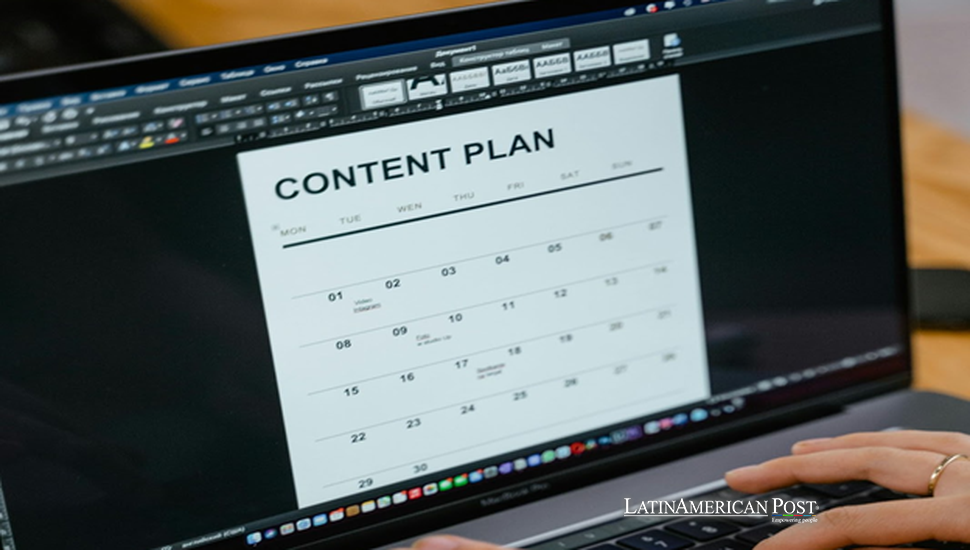How to Build an Instagram Content Calendar That Works

Growing an audience on Instagram nowadays is not just about randomly posting on Tuesdays and then forgetting about it for the rest of the week. It goes beyond that. Now, creators must be strategic and plan a well-thought-out approach. When moving forward without any plans, they might miss opportunities, repeat the same ideas over and over, or leave a profile with no posts. Brands are not built like that. That is where a content calendar comes in.
Why Should You Have an Instagram Content Calendar?
An Instagram content calendar goes beyond a posting schedule. It is a tool that makes you schedule your post with a purpose. Rather than making daily guesses about what to post, you have a clear map to follow. Schedule the posts with a content calendar, and you are good to go for the entire week or a month.
With a content calendar, you also have the opportunity to see clearly what comes ahead in the future. Have new events? Do you have a specific launch date in mind for your new product? Mark it down in the calendar so nothing gets missed. To businesses, it translates to saving time and concentrating on content that really drives sales.
Tips to Make Your Content Calendar
Now that you know the importance of a content calendar, you might be wondering how to create one. So, here are the key steps to follow.
1. Establish Objectives and Target Audience
At first, you need to start with clarity. Ask yourself: Do I need to achieve brand recognition or increase sales? With clear goals in mind, you can work more effectively on your calendar. Simultaneously, note down your target audience. Identify their pain points and online behaviors, and then create posts that resonate with them. You can also buy Instagram likes to establish online credibility, enabling you to achieve a good organic reach and build sustainable engagement rates when posting scheduled content.
2. Audit Existing Content
Never move forward without looking back. Review your past posts to identify which elements were most successful for the brand and which ones were not. You can check that all in the analytics section. It informs you about which formats, captions, or hashtags were the most reachy and interacted with the most. Good posts may be repurposed or modified for new campaigns. This helps stop guessing games and provides a solid base to work with.
3. Choose the Content Types and Posting Frequency
Strike a balance between your posting consistency. A good calendar should be a mix of reels, carousels, stories, and posts. Each format contributes to building a long-term connection with the audience. Set a clear frequency for your posts. It could be daily, three times a week, or a combination of both. Decide whatever works best for your brand. It is better to start with baby steps and consistency than to attempt everything without a plan.
4. Plan Around Campaign and Events
Map out the big moments first. Note down product launches, seasonal holidays, and important cultural events. Planning keeps your timeline up-to-date and relates to what your audience is most interested in. When you consistently publish trend-related posts, it gives your content an additional boost.
5. Use Tools and Templates
Don’t rely on memory alone. Use tools that automate posts. Examples include Buffer, Later, and Hootsuite. The tools can automate your posts and ensure that everything works according to the plan. Even simple spreadsheets or pre-coded templates are often the best options for small businesses. It helps you stay organized and provides a comfortable working process. The right system saves time and reduces last-minute posting pressures.
Conclusion
An Instagram content calendar is not just a planning tool but a growth strategy. Scheduling your post ahead will place your brand at the top for consistent engagement. Therefore, combining clever planning and data-driven modifications with the analytics section can make your brand better over time.





